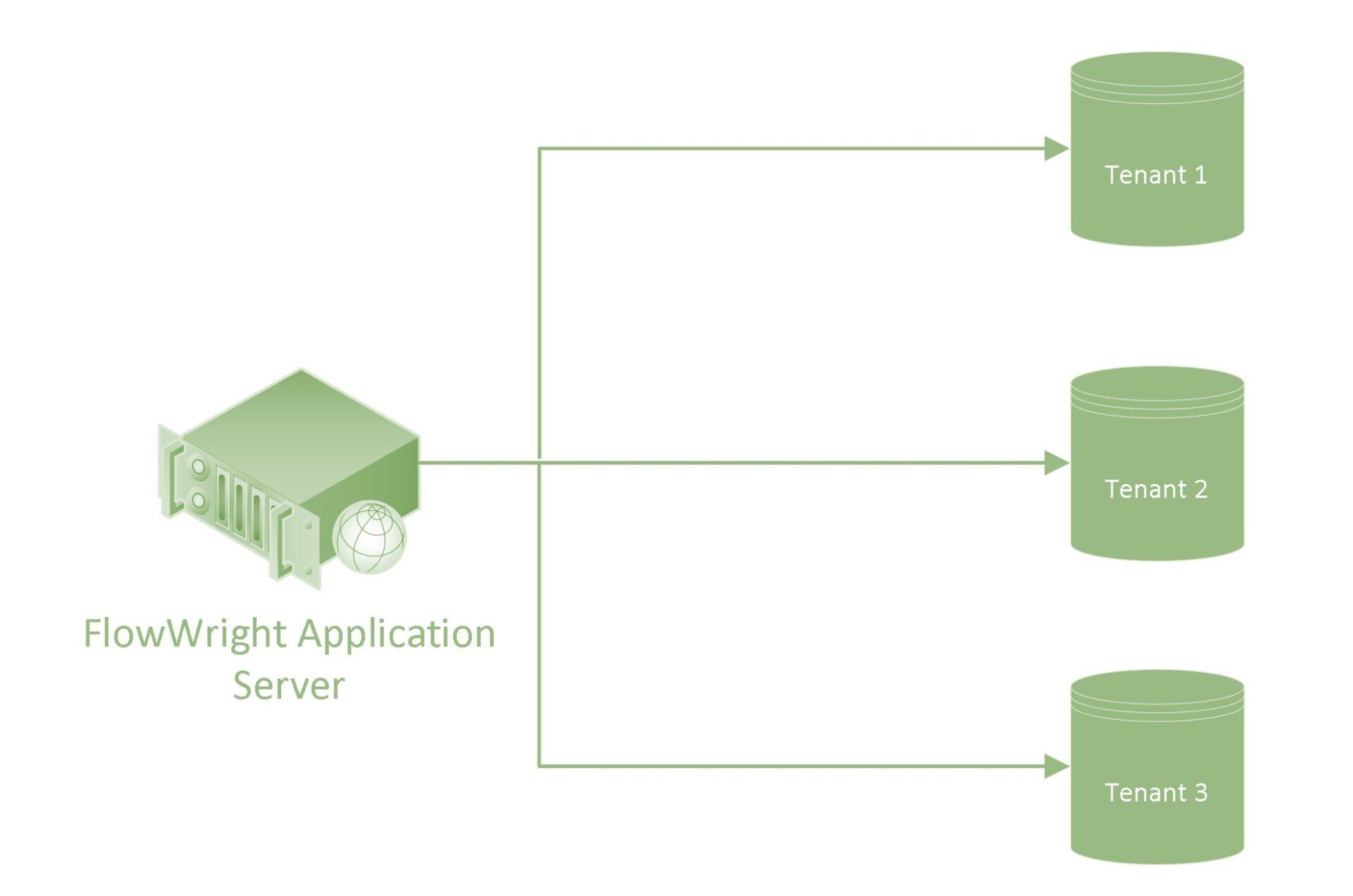Process automation has become a crucial component of modern business strategies, offering potential benefits such as increased efficiency, reduced costs, and improved accuracy. However, to justify the investment and ongoing use of process automation tools, businesses must effectively measure the return on investment (ROI). Understanding the ROI helps in making informed decisions about where to allocate resources and how to optimize automated processes. Our team discusses various methods and metrics for measuring the ROI of process automation, ensuring businesses can evaluate the effectiveness and financial impact of their automation initiatives.
ROI in Process Automation
ROI is a financial metric used to evaluate the efficiency of an investment. It is calculated by dividing the net benefit (or return) of an investment by the cost of the investment. In the context of process automation, ROI measures the financial gains from automation relative to its costs.
Key Metrics for Measuring ROI
To accurately measure the ROI of process automation, businesses should consider multiple metrics that capture the financial, operational, and strategic impacts of automation.
1. Cost Savings
One of the most direct metrics for measuring ROI is cost savings. Automation can significantly reduce operational costs by minimizing manual labor, decreasing error rates, and improving resource utilization.
Action Steps:
- Calculate labor cost savings by determining the reduction in hours spent on manual tasks.
- Measure savings from reduced error rates and the associated costs of correcting those errors.
- Consider indirect savings such as lower training costs and reduced downtime.
2. Increased Productivity
Automation enhances productivity by enabling faster and more consistent execution of tasks. Measuring productivity gains provides insight into how automation improves output.
Action Steps:
- Compare the time taken to complete tasks before and after automation.
- Evaluate the increase in the volume of tasks processed within a given timeframe.
- Assess improvements in task accuracy and quality, which contribute to higher productivity.
3. Revenue Growth
Automation can drive revenue growth by enabling faster service delivery, improving customer satisfaction, and creating opportunities for new revenue streams.
Action Steps:
- Track changes in revenue generated from processes that have been automated.
- Measure improvements in customer satisfaction and retention rates, as these can lead to increased sales and repeat business.
- Identify new revenue opportunities created by automation, such as the ability to offer new services or products.
4. Efficiency Improvements
Efficiency improvements are a key benefit of process automation. These improvements can be quantified by examining process cycle times, resource utilization, and throughput rates.
Action Steps:
- Measure reductions in process cycle times and the time taken to complete individual tasks.
- Evaluate improvements in resource utilization, such as better use of equipment and materials.
- Assess increases in throughput rates, indicating more efficient processing of tasks and workflows.
5. Compliance and Risk Management
Automation enhances compliance by ensuring consistent adherence to regulations and reducing the risk of human error. Measuring improvements in compliance and risk management provides a comprehensive view of ROI.
Action Steps:
- Track reductions in compliance violations and associated penalties.
- Measure improvements in audit readiness and the ability to meet regulatory requirements.
- Assess reductions in risk exposure, particularly in areas prone to human error.
How to Measure Automation ROI
To effectively measure the ROI of process automation, businesses should follow a structured approach:
1. Define Objectives and Key Performance Indicators (KPIs)
Clearly define the objectives of your automation initiatives and establish relevant KPIs to measure success.
Action Steps:
- Identify specific goals, such as cost reduction, productivity improvement, or revenue growth.
- Select KPIs that align with these goals and provide measurable indicators of success.
2. Gather Baseline Data
Collect baseline data on the current performance of processes before automation. This provides a point of comparison to evaluate improvements.
Action Steps:
- Document the current costs, cycle times, error rates, and other relevant metrics for manual processes.
- Ensure baseline data is accurate and comprehensive to provide a reliable comparison.
3. Implement Automation and Track Metrics
Deploy the automation solution and begin tracking the defined metrics. Continuously monitor performance to identify improvements and areas for optimization.
Action Steps:
- Use automation tools with built-in analytics and reporting features to track performance.
- Regularly review and analyze data to assess the impact of automation on key metrics.
4. Calculate ROI
Calculate the ROI by comparing the benefits achieved through automation with the costs incurred. Use the ROI formula:
ROI=Net Benefit−Cost of Investment ×100
Action Steps:
- Determine the net benefit by quantifying cost savings, productivity gains, revenue growth, and other improvements.
- Subtract the total cost of implementing and maintaining the automation solution from the net benefit.
- Divide the result by the cost of investment and multiply by 100 to get the ROI percentage.
Case Study: Measuring ROI in Process Automation
To illustrate the process, check out this case study of a manufacturing company that implemented automation in its quality control process.
Objective/Goal: Reduce manual inspection costs and improve defect detection rates.
Baseline Data:
- Manual inspection costs: $100,000 per year.
- Defect detection rate: 85%.
- Number of units inspected per hour: 50.
Post-Automation Data:
- Automated inspection costs: $50,000 per year.
- Defect detection rate: 98%.
- Number of units inspected per hour: 200.
ROI Calculation:
- Cost savings: $100,000 - $50,000 = $50,000 per year.
- Productivity gains: (200 units/hour - 50 units/hour) * 8 hours/day * 250 days/year = 300,000 additional units inspected per year.
- Improved quality: 13% increase in defect detection rate.
Measuring the ROI of process automation is essential for evaluating its effectiveness and making informed decisions about future investments with marketing automation software platforms. By focusing on key metrics such as cost savings, productivity gains, revenue growth, efficiency improvements, and compliance enhancements, businesses can gain a comprehensive understanding of the financial and operational impact of automation.
Following a structured approach to define objectives, gather baseline data, track metrics, and calculate ROI ensures that automation initiatives deliver tangible benefits and drive organizational success. Keep reading our blog for our latest process management tips, and check out our business process automation software to learn more!







